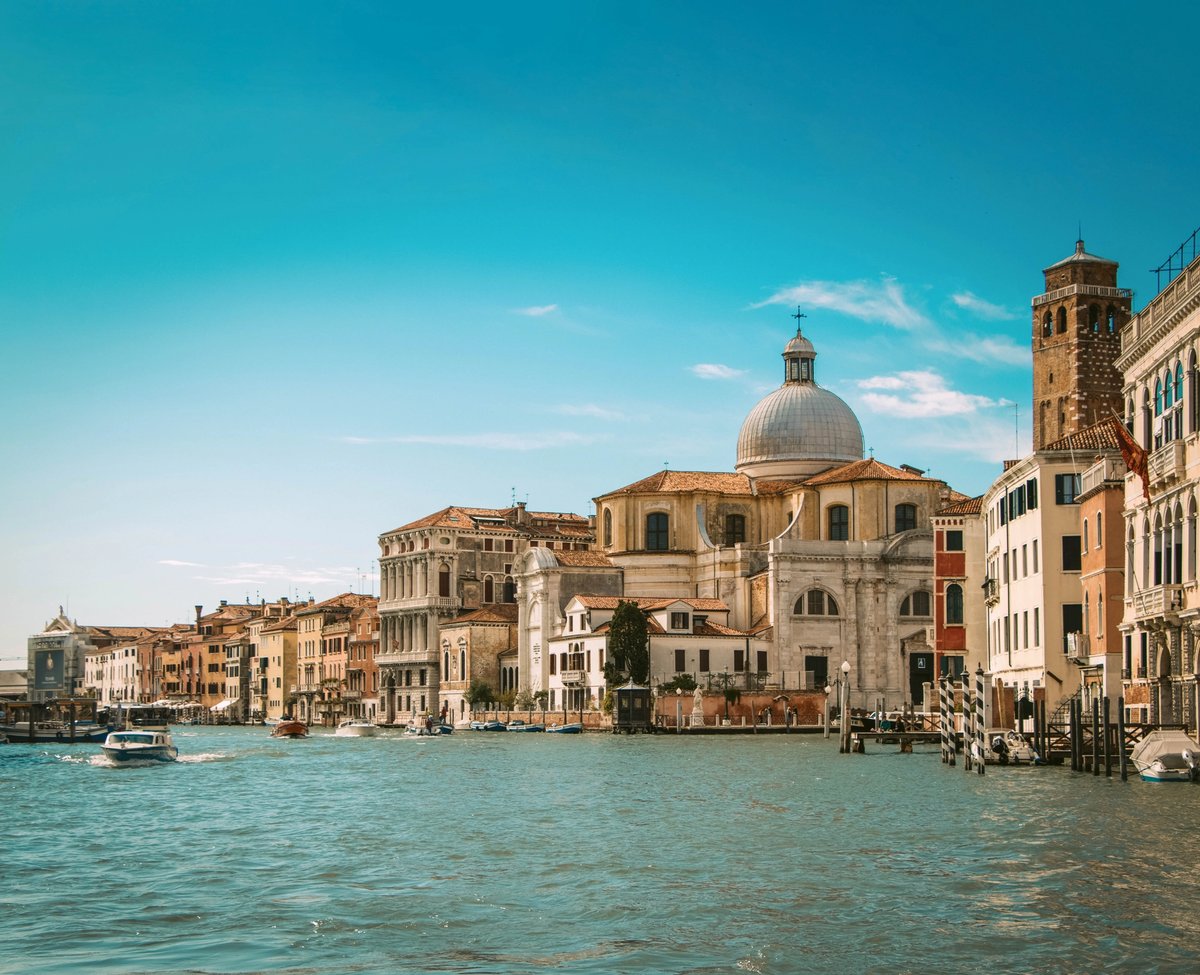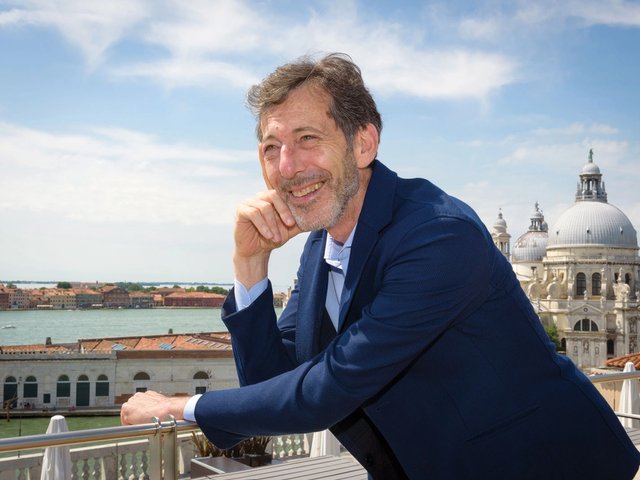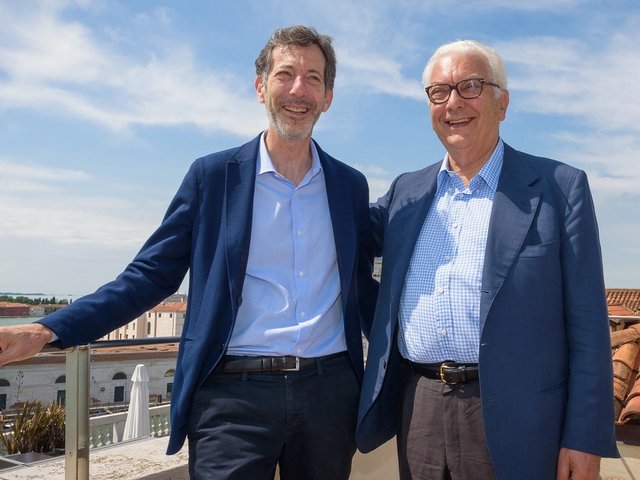Ralph Rugoff, the artistic director of the 58th Venice Biennale (11 May-24 November), is fighting fire with fire by allowing the art in his forthcoming exhibition to react to our times. Whether Rugoff’s show is good, bad or very bad (international biennials like this are usually well-heeled selfie-filled crapshoots), he has placed his trust in the art of the present in ways that too many curators have avoided of late. Instead, they have preferred to dig up some deceased mid-century artist who might have been overlooked in his or her lifetime. A noble mission to be sure—indispensable, and necessary in almost any other time. But these are not such times.
Rugoff asserted that he did not want to have “a large cast of dead artists” as part of his biennial. “I wanted to work with artists who were making work that in one way or another responded to the times that we live in.” Amen! This is exactly the strategy curators might want to consider in order to get away from their heady power trips and pour energy back into the hands of artists. It is a hundred times more risky to do so. (Shows heavy with relics are thought to be critic-proof: who is going to speak ill of the dead? What would it matter?)
We are living in an emergency; we need to see what artists are thinking and doing now. We have to pledge our fealty to art; not break faith with it by opting to dig through the archives or play small-ball. This moment presses in on us; it demands our attention. Any work made today—good or bad—is, nevertheless, art made in a time of nascent fascisms, growing totalitarianisms, on the verge of tens of millions of climate refugees brought on by the wilful ecological destruction of the planet. Over the next century, Venice will likely be under water and most coastal cities in the US will become uninhabitable; India will be too hot to live in; the Hajj will no longer be possible due to excessive temperatures. Shanghai will be flooded. I love the archive! But the present is touching us now, blazing in on all sides all the time. It is only proper that Rugoff is responding consciously to this fire.
Working in the interstices between the present and the future, Rugoff is showing what art might be if it is seen as an active part of society; something aspiring to ideals, putting out positive or urgent messages. If people fear the art of the present or prefer to take refuge in the safer politically approved choices of bygone, pre-screened historical moments (notably the art-world obsession with the 1960s and 1970s), then it is only right that these people should be put off or scared of the ideas in Rugoff’s show. May You Live in Interesting Times is meant as a threat to the political tenants of this society.
- here




